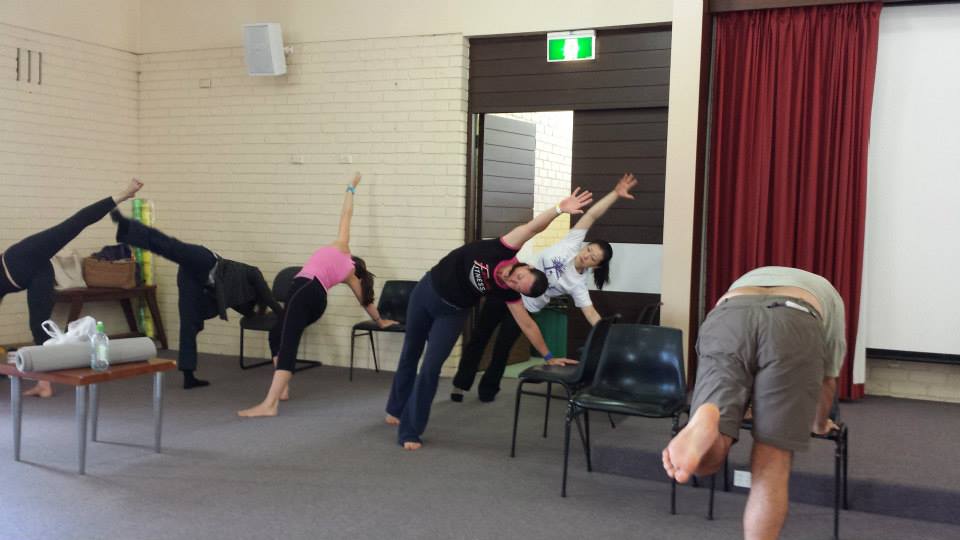Exploring the Benefits of Instrument-Assisted Soft Tissue Mobilization on Musculoskeletal Properties
Instrument-Assisted Soft Tissue Mobilization (IASTM), has gained attention in sports science and manual therapy for its potential to enhance joint range of motion and flexibility. However, it remained unclear whether these improvements were accompanied by changes in the mechanical and neural properties of the musculoskeletal system. A study from Japan conducted by Naoki Ikeda and colleagues aimed to shed light on this matter.
The study, published in the journal ‘Medicine & Science in Sports & Exercise’ in October 2019, investigated the effects of IASTM on the mechanical and neural properties of the plantarflexors and Achilles tendon. The research involved 14 healthy volunteers, comprising 11 men and 3 women aged between 21 and 32 years. The experiment employed a randomized, controlled, crossover design to ensure the reliability of the findings.
During the study, IASTM was applied to the skin over the posterior part of the lower leg for a duration of 5 minutes. The treatment targeted the soft tissues, including the gastrocnemii, soleus, and tibialis posterior muscles, overlying deep fascia, and the Achilles tendon. A control condition was also incorporated, where participants rested for 5 minutes between pre- and postmeasurements without receiving IASTM, on a separate day. Several key musculoskeletal properties were measured before and immediately after the interventions.
The results of the study indicated that after IASTM treatment, the dorsiflexion range of motion, which reflects joint flexibility, increased significantly by an average of 10.7% ± 10.8%. This finding indicates that IASTM had a positive impact on the participants’ ability to move their ankle joints.
Furthermore, the study revealed that ankle joint stiffness, represented by the slope of the relationship between passive torque and ankle joint angle, decreased significantly by -6.2% ± 10.1% after IASTM. This reduction in stiffness suggests that IASTM can potentially lead to improved joint mobility by decreasing resistance in the ankle joint.
However, it’s important to note that peak passive torque and muscle stiffness in the triceps surae did not experience significant changes after IASTM. These findings indicate that while IASTM has the potential to improve joint range of motion and reduce joint stiffness, it does not appear to directly impact the mechanical or neural properties of the treated muscles.
In conclusion, the results suggest that IASTM can enhance joint range of motion and reduce ankle joint stiffness without affecting the mechanical and neural properties of the treated muscles. IASTM may be considered as an effective adjunct to traditional rehabilitation and exercise programs aimed at enhancing joint flexibility. Further research is warranted to explore the long-term effects of IASTM and its potential applications in sports medicine and physical therapy.

